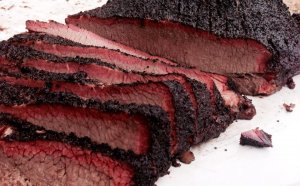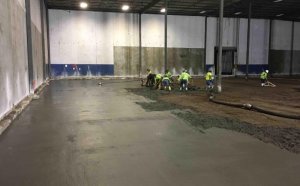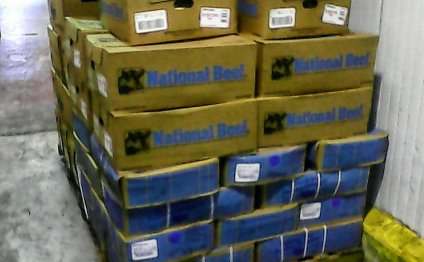
Quality Texas Meats
 Courtesy of Carman Ranch
Courtesy of Carman Ranch
Cory Carman, just who increases beef cattle in Northeastern Oregon, said the woman customers tend to be more enthusiastic about livestock management techniques, health profile and taste compared to fat marbling needed by cattle cloners.
Courtesy of Reg Keddie, Dayton All-natural Meat
Beef carcasses await additional handling. Texas scientists are actually cloning cattle to realize specific USDA grading faculties, but Pacific Northwest manufacturers say their clients would likely decline the technology.
Due to Washington State University
Washington State University animal meat technology professor William “Frank” Hendrix makes use of a DNA marker to anticipate meat pain.
Tom Fox/The Dallas Day News via AP
Kansas City strip steaks slashed from beef strip loin from a number of the 13 Alpha X Gamma steers produced and raised at western Texas A&M University tend to be shown in the university’s animal meat laboratory in Canyon, Tx. The steers had been the offspring of Alpha, a cloned bull, and cloned heifers known as Gamma 1, 2, and 3.
Ty Lawrence however talks about it as his “lightbulb” minute. He had been in a Tx slaughterhouse this season whenever two positively breathtaking meat carcasses rolled by. Each ended up being the pinnacle of USDA grading: “Prime” and “Yield level One.”
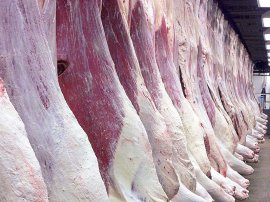 Only 2 to 5 percent of U.S. meat is graded Prime, and give Grade One required there was clearly many it. By Lawrence’s estimate, just one in 3, 300 meat carcasses could have those two qualities simultaneously. And right here went two of these within a couple of minutes of each various other.
Only 2 to 5 percent of U.S. meat is graded Prime, and give Grade One required there was clearly many it. By Lawrence’s estimate, just one in 3, 300 meat carcasses could have those two qualities simultaneously. And right here went two of these within a couple of minutes of each various other.
Exactly what took place after that was either scientific breakthrough or unnecessary hereditary fiddling, dependent on your viewpoint. Plus it poses a conundrum for cattle manufacturers and researchers in Pacific Northwest, Northern Ca and beyond.
Lawrence, a teacher of meat technology at western Tx A&M University, labeled as his department head that night and proposed creating a research staff. Here’s exactly what he wished to do: Clone a herd of exceptional cattle by working backwards from superior beef.
The group shortly formed, found a steer carcass and a cow carcass with the necessity grading characteristics, took tissue examples and turned all of them to a private Tx organization, ViaGen, which specializes in cloning cattle, ponies, sheep, goats, pigs as well as cats and dogs.
ViaGen created a bull, called Alpha, through the steer carcass, and three heifers — Gamma One, Gamma Two and Gamma Three — from the cow carcass.
Artificial insemination associated with Gammas with semen from Alpha features resulted in 13 calves, initial bovine offspring of two cloned moms and dads.
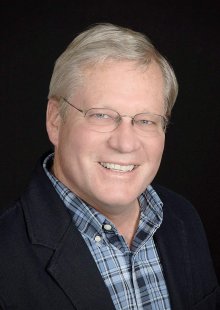 Seven associated with offspring, all steers, were raised in a regular fashion, including final time at a grain feedlot, and slaughtered. Lawrence said the outcomes are encouraging, specially because of the small test dimensions. The offspring tended to create much better level beef than average, and yield grades had been people and twos. The carcasses had 9 per cent larger ribeye steaks than typical and 45 % even more marbling, the desirable white spots of intramuscular fat. They had 16 % less “trim” fat, the waste fat that does not improve style. The job is continuing.
Seven associated with offspring, all steers, were raised in a regular fashion, including final time at a grain feedlot, and slaughtered. Lawrence said the outcomes are encouraging, specially because of the small test dimensions. The offspring tended to create much better level beef than average, and yield grades had been people and twos. The carcasses had 9 per cent larger ribeye steaks than typical and 45 % even more marbling, the desirable white spots of intramuscular fat. They had 16 % less “trim” fat, the waste fat that does not improve style. The job is continuing.
The theory, needless to say, usually greater quality beef — raised exactly the same way as regular cattle — would bring a larger go back to the rancher.
Lawrence said meat high quality is an afterthought in most cattle reproduction businesses, and West Tx A&M is turning that around.
“It’s sort of a beef research viewpoint on animal breeding, starting with the conclusion, ” he said.
The doubters
For critics and some on the market, however, the West Tx work is a non-starter.
“My first just take is that it's lots of work with little gain, ” said Jaydee Hanson, senior plan analyst utilizing the Center for Food protection in Washington, D.C.
Hanson said old-fashioned cattle breeders “keep an actual close eye regarding the genetics of these herd” and produce top quality beef for lower cost than cloning.
He said it is uncertain whether the western Tx A&M animals have experienced dilemmas reported in other clones, such Large Offspring Syndrome that may make birthing difficult. Achieving the great marbling outcomes with grass fed cattle, with no cost of finishing all of them at a feedlot, might be of even more advantage to producers, he said.
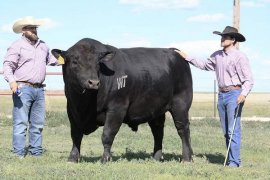 “At the termination of the day, it's whether a farmer can produce a high-quality product that the customer wants, at a cost that may have them operating, ” Hanson stated.
“At the termination of the day, it's whether a farmer can produce a high-quality product that the customer wants, at a cost that may have them operating, ” Hanson stated.
How exactly to clone
Cloning has been in existence since 1996, when Scottish scientists launched the arrival of Dolly the sheep. The discovery touched down conjecture about future uses of this technology, but since that time cloning has actually primarily already been confined to livestock breeding. It’s used, including, to construct milk herds or even to pass along the genetics of prized rodeo bucking bulls.
A cloned animal isn't genetically altered. Rather, it really is a duplicate regarding the donor animal. Supporters often relate to a clone as an identical twin born later. Lawrence, the West Tx A&M meat scientist, calls the end result “a extremely fancy Xerox content, in the event that you will.”
To quickly attain it, experts take an egg from a lady animal and replace its gene-containing nucleus with all the nucleus of a cell from the animal they wish to duplicate. The egg cell types an embryo, that will be implanted inside uterus of a bunch feminine. The surrogate holds the maternity to term and delivers a calf.
ViaGen, the Tx organization, charges $21, 000 to clone women and $23, 000 to clone a bull.
After several years of research, the U.S. Food and Drug Administration ruled in January 2008 that meat or milk from cloned creatures or from their offspring was safe for human being consumption and didn’t need unique labeling. The endorsement put on cattle, pigs and goats but not sheep, because there had beenn’t sufficient information available about them, the FDA said.
Considering that the FDA’s choice, however, cloning animals for meals hasn’t taken hold.
Will Homer, chief functions officer for Painted Hills Natural Beef in Fossil, Ore., said his company decided in the past not to ever try cloned livestock.
And even though cloned creatures aren't genetically altered, “You’re significantly having fun with our mother earth, ” he stated. “There’s not going to be a very hot reception through the consumer for a cloned animal.
“That may be the stone-wall immediately that they have to know about, ” Homer stated regarding the western Tx researchers. “The consumer would only strike their top.”
Homer said the volatile economics for the cattle business recently, with falling costs and increasing prices, offset herd improvements that may result from cloning.
Painted Hills, created by seven ranching people, walks a good marketplace range. It provides grain-finished cattle to a large-scale processor in Pasco, Wash., and takes grass-fed cattle to a specialty processor, Dayton All-natural Meats in Dayton, Ore.
Along with processing Painted Hills’ grass-fed beef, the Dayton center procedures hogs which can be non-GMO proven, and natural turkeys and chickens. The facility processes animal meat for New Seasons areas, a Portland-based string that suits clients whom favor and generally are happy to spend even more for locally cultivated, organic or renewable meals.
Share this Post
Related posts
Texas Meats
Wikipedia defines the area food action as a collaborative effort to create even more locally based, self-reliant meals economies—one…
Read MoreQuality Texas Meat Distributors
“Our brand name is extremely excited to carry on our international growth and increase the persistence and top-notch beef…
Read More
